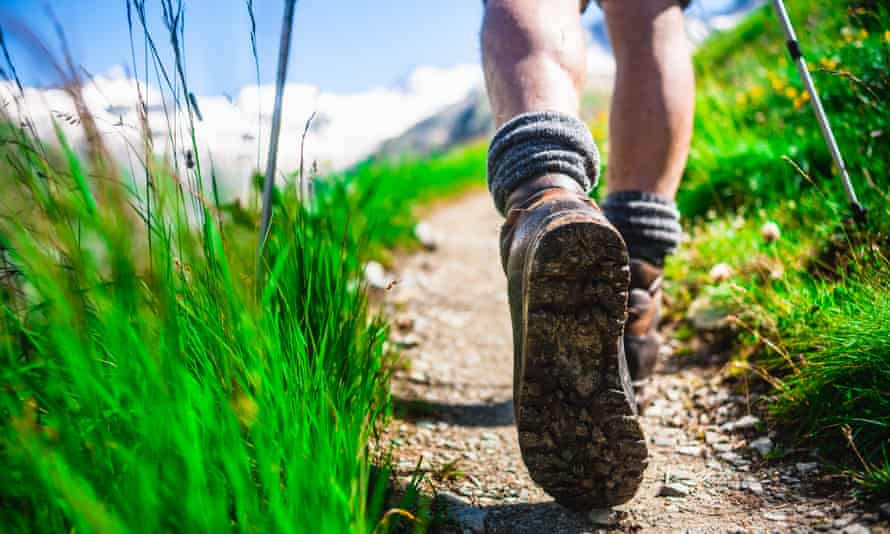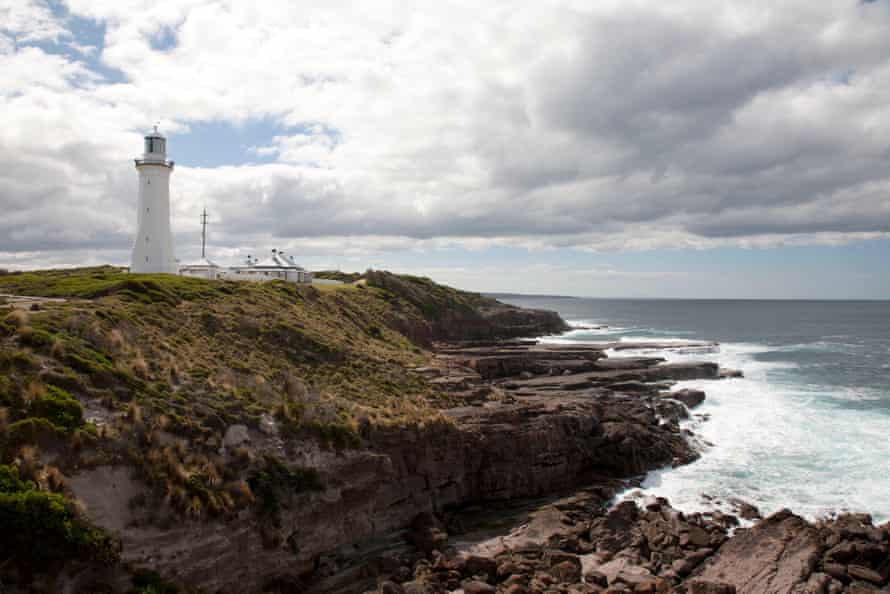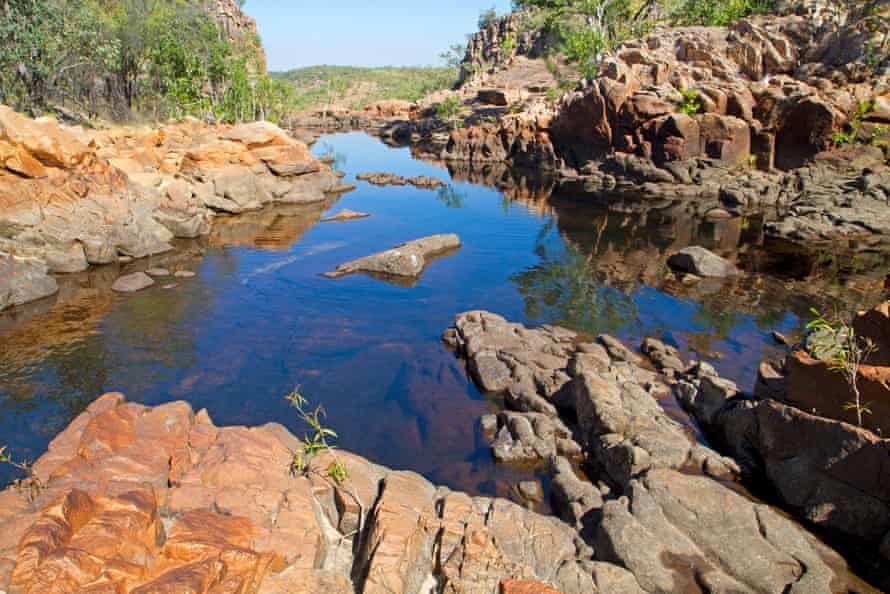Shared from www.theguardian.com.
There are plenty of reasons to take up hiking holidays, from getting some fresh air and exercise to untethering yourself from your devices. Done right, it can be a joyful and liberating experience, but embarking on your first multi-day hike is daunting.
Putting in the effort to be well prepared will become worthwhile on the trail as you disconnect and let your mind wander. Simply wake up and eat, and start walking when you’re ready. Knowing you’ve already made most of the important decisions, you’re free to just enjoy the experience.
Planning and logistics
Some of Australia’s famous bushwalking trails only allow a limited number of hikers each day and they can book out quickly, so it’s worth thinking about where you want to go (and when) well in advance.
When deciding which hike to tackle, look at the skill level required. Grades 3 and 4 (moderate and moderate-difficult) generally hit the sweet spot of taking you away from the crowds without being too arduous.
In terms of transport, circuit hikes make access easy, while most one-way trails require a bit more planning. Either take two cars and leave one at the finishing point, or look for companies offering transfers at more popular trails – on longer bushwalks, they can often organise food drops as well.
Before you set off, let someone know when you’re leaving and when to expect you back, in case anything goes wrong.
Companies offering guided hikes can do most of this work for you, as well as organising gear. They can be an excellent option for anyone unable to carry a full pack, or struggling to put a group together, but charge handsomely for the privilege.
What should I take?
“There’s no such thing as bad weather,” goes the age-old hiking aphorism, “Only bad gear.” Prepare well, and you’ll be ready for any scenario.
It’s easy to spend a fortune on equipment – everything from cutlery to tents can be upgraded – but unless you’re planning a lengthy unsupported trip, middle-of-the-range gear will suffice in most cases. Start with a modest hike that allows you to test everything out, then buy fancier kit as needed.
Every hike has different needs and you should always pack for your destination, but some items will make any walk more enjoyable. Chief among these are good shoes and a decent pack. In both cases, comfort is vital and shopping in store is far safer than going online – independent stores, in particular, often have incredibly knowledgable and enthusiastic staff.

Try on multiple pairs of boots and walk around the store (including up and down steps if possible) to make sure they feel comfortable. Similarly, try on a few packs and don’t be shy about asking a staff member to adjust them to your body shape. A good pack should last more than a decade, so take your time.
Almost every multi-day hike will require you to camp out, and a good sleep is vital to enjoying the experience. When choosing a sleeping bag, you’ll have to prioritise warmth, weight or cost. Fortunately there are plenty of cheaper options suitable for most Australian conditions (look at the “comfort” rather than “lower limit” or “extreme” temperature ratings). Sleeping mats and even pillows provide extra comfort.
A tent is one of the heaviest pieces of essential equipment, but sharing one tent between hikers significantly reduces the weight you each need to carry and the set-up time once you arrive at camp.

When it comes to clothing, avoid cotton in favour of wool or synthetic fabrics that dry quickly, and make sure to bring plenty of layers – this is the best way to prepare for many situations without overloading. Don’t be afraid to wear clothes several days in a row, but keeping a set of fresh clothes for camp can be a game changer after a long day.
Food can be a serious contributor to weight, especially on longer hikes. Pack compact snacks with low water content – dried fruit and nuts are excellent – and follow the same theme for meals. Hiking stores are full of expensive dehydrated meals but you can easily prepare your own at home or go for cheap options like two-minute noodles. Just remember to avoid glass, tins or other heavy packaging. When cooking, gas stoves are typically easier to operate and lighter than spirit stoves.
As well as comfort, safety is an important concern. You should always have at least one first-aid kit in your group, a map and compass (and the ability to use them), and if you’re in a remote area, it’s worth thinking about hiring an EPIRB emergency beacon.
Training and testing
Most hikes require at least a moderate level of fitness, and the best way to prepare is simply to walk wherever possible. This also lets you break your shoes in so they won’t give you blisters.
Test out the rest of your gear before you hit the trail as well; go for a day walk with your pack, learn to set up and pack down your tent in the back yard and use everything you’re planning to bring with you at least once so you iron out any issues in advance.
What to expect on the trail
Replacing equipment is near impossible once you’re walking, so being prepared is essential. Just as vital is finding a good pace. Don’t push yourself too hard, because it’s meant to be fun.
Six hours of walking each day is a good amount to aim for. Your pack will probably will feel uncomfortably heavy at times, but one of the joys of multi-day hiking is that it gets easier as your fitness improves and you reduce weight as you go by eating food.

Water is an important consideration. Many Australian hikers drink water straight from rainwater tanks and creeks, but if you’re concerned about safety, bring something to treat the water with. Carrying three litres of drinking water a day is a good rule of thumb, plus extra to cook with if there is no water available at the next camp site.
Most popular hikes have composting toilets that can be smelly but are very convenient. If you need to go in the middle of the day, make sure to bury any waste at least 15cm deep with a trowel, away from any running water, so you don’t spoil the landscape.
In a group, splitting up meals so each person cooks one night is a great way to ensure variety and a communal atmosphere, leaving plenty of time to enjoy the sunsets and starry night skies. Don’t be surprised if you find yourself feeling tired much earlier than usual – in the absence of electricity you’ll naturally grow sleepy as soon as it’s dark (and maybe before).

Australia’s best beginner hikes
Three Capes track, Tasmania
4 days, 48km
On this trek through the stunning wilderness of the Tasman Peninsula you can sleep in huts, meaning you can ditch the extra weight of a tent. Modern facilities, stunning clifftop views and an excellent track make this a popular first hike.
Jatbula Trail, Northern Territory
five to six days, 62km
This gorgeous trail follows a series of waterholes along an old Jawoyn songline on the southern edge of the Arnhem Land escarpment. Because the days are short and the skies remain blissfully cloud-free all through the dry season, there’s plenty of time to enjoy a swim at the end of each day’s walking.
Light to Light Walk, New South Wales
two to three days, 31km
Near the town of Eden on the NSW south coast, this trail offers a gentle introduction to hiking with fabulous coastal views (including migrating whales from May to September), running water at one campsite and cottages with warm showers at another.
Wilsons Promontory Southern Circuit, Victoria
four days, 59km
A well-maintained track meanders around this popular holiday spot south of Melbourne, and there’s plenty of variety in the form of secluded beaches, dense forest and exposed granite headlands. The longest day is 17km and, because it’s a loop, getting there and back is simple.
Images and Article from www.theguardian.com

